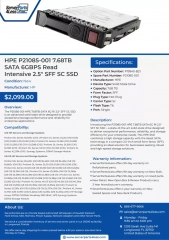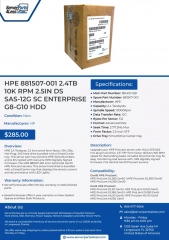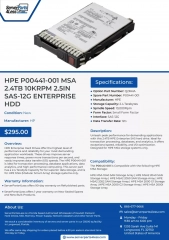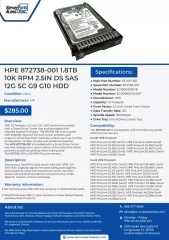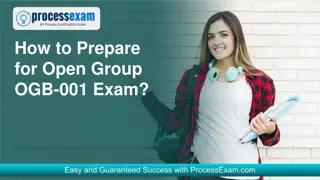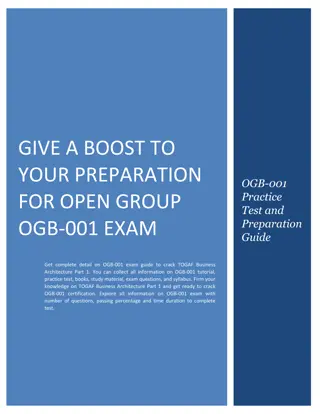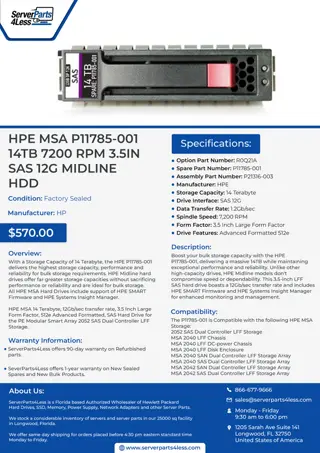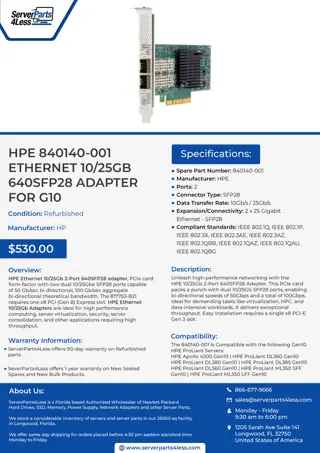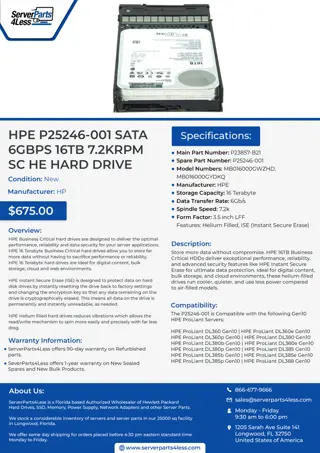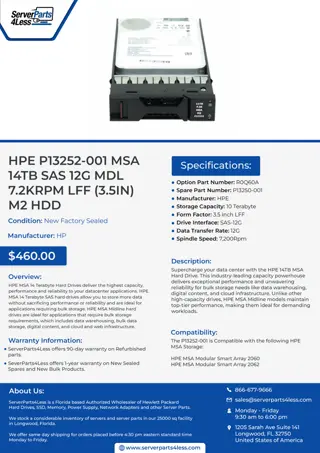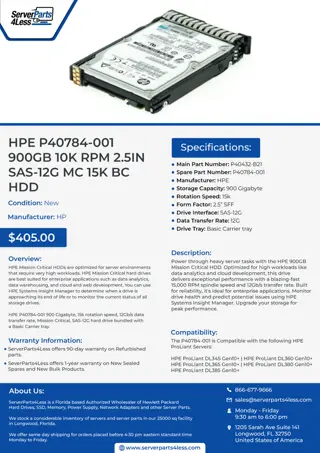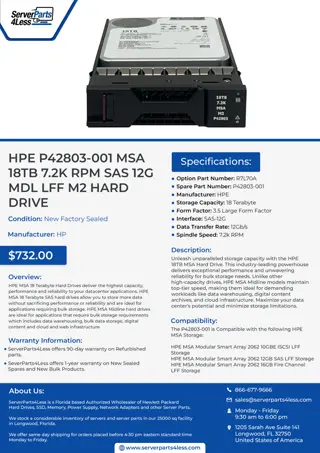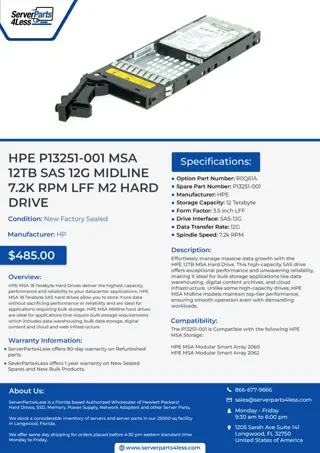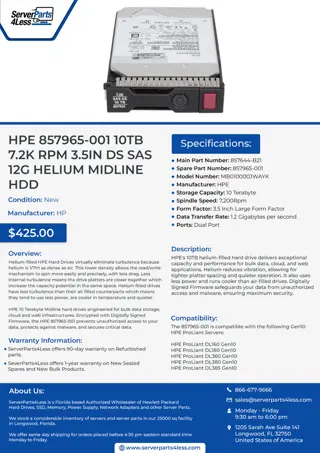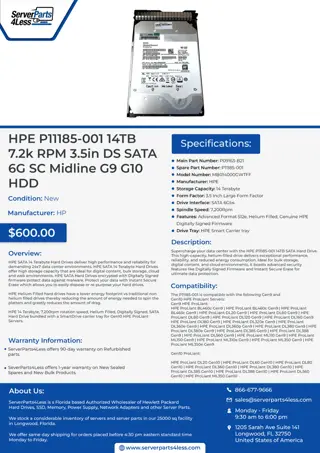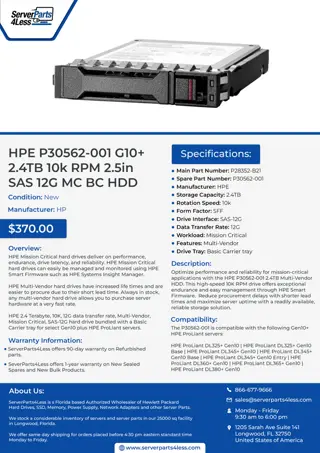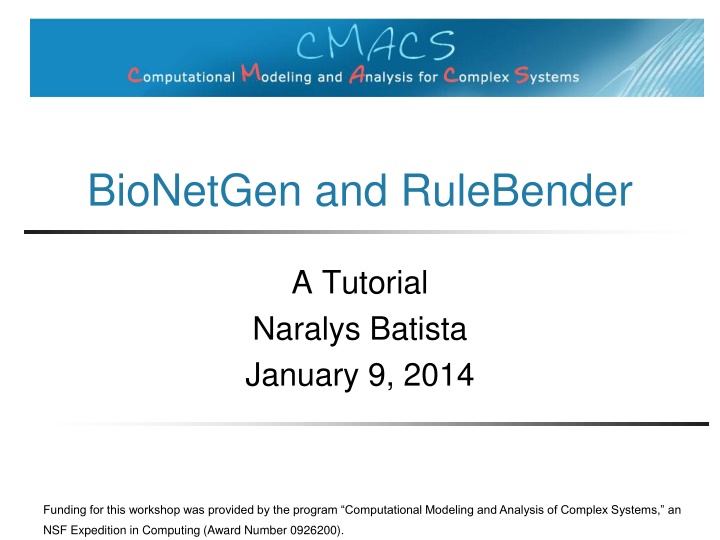
BioNetGen and RuleBender Tutorial Overview
Explore the tutorial on BioNetGen and RuleBender for rule-based modeling, molecular interactions, and ODE simulations. Learn about creating simple models like Toy-Jim and the components of BNGL programs.
Download Presentation

Please find below an Image/Link to download the presentation.
The content on the website is provided AS IS for your information and personal use only. It may not be sold, licensed, or shared on other websites without obtaining consent from the author. If you encounter any issues during the download, it is possible that the publisher has removed the file from their server.
You are allowed to download the files provided on this website for personal or commercial use, subject to the condition that they are used lawfully. All files are the property of their respective owners.
The content on the website is provided AS IS for your information and personal use only. It may not be sold, licensed, or shared on other websites without obtaining consent from the author.
E N D
Presentation Transcript
BioNetGen and RuleBender A Tutorial Naralys Batista January 9, 2014 Funding for this workshop was provided by the program Computational Modeling and Analysis of Complex Systems, an NSF Expedition in Computing (Award Number 0926200).
Outline Rule-based Modeling BioNetGen Language (BNGL) RuleBender
Rule-based Modeling Molecules Types Names Initial Concentrations Molecular Interactions Reactants and Products Reaction Directions Reaction Rates
A Simple Model: Toy-Jim A Simple Model: Toy-Jim Molecules Data Objects: Ligand L Receptor R Adaptor A Kinase K Molecular Interactions - Rules: L can bind to R Two R can dimerize if they are bound to L A can bind R , regardless of whether it is bonded to L/dimerized or not A can bind K , regardless of its phosphorylation state K can be phosphorylated When bound to A, one K can transphosphorylate the other
A Simple Model: Toy-Jim http://www.biology.arizona.edu/cell_bio/problem_sets/signaling/02t.html
A Simple Model: Toy-Jim Rules: L + R <-> LR LR + LR <-> LRLR A + R <-> AR A + K <-> AK Problems How to express a bond? How to express a molecule s binding state? How to express phosphorylation state? Easy to use?
BioNetGen Language BioNetGen Software BioNetGen Molecules as Data Objects Molecular Interactions as Rules ODE: Implicit ODE solver SSA: Gillespie Algorithm Network File (Log file) BNGL Simulation
BioNetGen Language A BNGL program consists of following blocks: Parameters Molecule Types Seed Species Reaction Rules Observables Actions
BioNetGen Language Molecule Types Surrounded by begin molecule types end molecule types Declare a Molecule: Molecule name List of Components in Parentheses Intoy-jim.bngl: begin molecule types 1 L(r) 2 R(l, r, a) 3 A(r, k) 4 K(a, Y~U~P) end molecule types Tilde character ( ~ ) after the component to declare the state of the component ALL possible components and states should be declared
BioNetGen Language Defining complexes Molecule types can bind to form complexes . indicates the molecules are bound Example: L.R !<name> defines the bond <name> must appear twice, once with each binding site Example: L(r!1).R(l!1,r)
BioNetGen Language Defining complexes Exercise: What is the structure of the complex below How many bonds are there? Can you draw it? L(r!1).R(l!1,r!3).L(r!2).R(l!2,r!3)
BioNetGen Language Seed Species Initial concentrations begin seed species L(r) 0 R(l, r, a) R0 L(r!1).R(l!1) LR0 A(r, k) A0 K(a, Y~U) K0 end seed species Molecule or complex Surround by begin seed species end seed species
BioNetGen Language Pattern Matching A molecule or complex with missing parts is a pattern The missing parts can match anything Components may be missing K(Y~P) matches K(a,Y~P) State labels may be missing K(a, Y) matches K(a, Y~U) and K(a, Y~P) Bonds can be wildcards ? : a bond may or may not be present + : a bond must be present K(a!?) versus K(a!+) Entire molecules may be missing R(r!+) matches R bound to anything on the r binding site
BioNetGen Language Pattern Matching Which of the following does pattern A(r!+,k!?) match? 1. A(r!1).R(a!1) 2. A(r,k!2).K(a!2, Y~P) 3. R(a!1).A(r!1,k!2).K(a!2) 4. A(r!+,k!+) 5. A(r!?,k!?) 6. L(r!8).R(l!8,a!4,r!7).A(r!4).R(r!7,l!11).L(r!11 )
BioNetGen Language Reaction Rules begin reaction rules <reaction rules> end reaction rules
BioNetGen Language Reaction Rules Defining a Reaction Direction One direction: -> Both directions: <-> Reactants: Tail of the arrow Products: Head of the arrow Reaction rates
BioNetGen Language Reaction Rules # Ligand Receptor Binding L(r)+R(l,r) <-> L(r!1).R(l!1,r) kpL, kmL Reaction Rates Reactants Products
BioNetGen Language Reaction Rules: Ligand-Receptor Binding L(r) + R(l,r) <-> L(r!1).R(l!1,r)
BioNetGen Language Reaction Rules begin reaction rules # Ligand Receptor Binding L(r) + R(l,r) <-> L(r!1).R(l!1,r) kpL, kmL
BioNetGen Language Reaction Rules: Dimerization L(r!1).R(l!1,r)+L(r!1).R(l!1,r) <-> L(r!1).R(l!1,r!3).L(r!2).R(l!2,r!3)
BioNetGen Language Reaction Rules begin reaction rules # Ligand Receptor Binding L(r) + R(l,r) <-> L(r!1).R(l!1,r) kpL, kmL # Receptors can dimerize if bonded to Ligand L(r!1).R(l!1,r) + L(r!1).R(l!1,r) <-> L(r!1).R(l!1,r!3).L(r!2).R(l!2,r!3) kpD,kmD
BioNetGen Language Reaction Rules: Adaptor/Receptor Binding A(r) + R(a) <-> A(r!1).R(a!1)
BioNetGen Language Reaction Rules begin reaction rules # Ligand Receptor Binding L(r) + R(l,r) <-> L(r!1).R(l!1,r) kpL, kmL # Receptors can dermize if bounded to Ligand L(r!1).R(l!1,r) + L(r!1).R(l!1,r) <-> L(r!1).R(l!1,r!3).L(r!2).R(l!2,r!3) kpD,kmD # Adaptor and Receptor binding A(r) + R(a) <-> A(r!1).R(a!1) kpA,kmA
BioNetGen Language Reaction Rules: Adaptor/kinase binding A(k) + K(a) <-> A(k!1).K(a!1)
BioNetGen Language Reaction Rules begin reaction rules # Ligand Receptor Binding L(r) + R(l,r) <-> L(r!1).R(l!1,r) kpL, kmL # Receptors can dermize if bounded to Ligand L(r!1).R(l!1,r) + L(r!1).R(l!1,r) <-> L(r!1).R(l!1,r!3).L(r!2).R(l!2,r!3) kpD,kmD # Adaptor and Receptor binding A(r) + R(a) <-> A(r!1).R(a!1) # Adaptor and Kinase binding, regardless of phosphorylation state A(k) + K(a) <-> A(k!1).K(a!1) kpA,kmA kpK,kmK
BioNetGen Language Reaction Rules # Kinase transphosphorylation K(Y~U).K(Y~U) -> K(Y~U).K(Y~P) pK # Kinase transphosphorylation K(Y~P).K(Y~U) -> K(Y~P).K(Y~P) pKs # Dephosphorylation in membrane complex R(a!1).A(r!1,k!2).K(a!2,Y~P) -> R(a!1).A(r!1,k!2).K(a!2,Y~U) dM # Dephosphorylation in cytosol K(a,Y~P) -> K(a,Y~U) end reaction rules dC
BioNetGen Language Reaction Rules What is the reaction describing the formation of water from hydrogen and oxygen? What reactions describe the Ras nucleotide exchange?
BioNetGen Language Parameters Surrounded by begin parameters # initial concentrations L0 1 R0 1 # reaction rates kpL 0.1 kmL 0.1 end parameters begin parameters end parameters Defines parameters Initial concentrations Reaction Rates
BioNetGen Language Observables Surrounded by begin observables end observables Type: Species Molecules Name Pattern begin observables Molecules RecDim R(r!+) Molecules Rec_A R(a!1).A(r!1) Molecules L_tot L end observables
BioNetGen Language Actions Generate Network generate_network Simulation Parameters: t_end Simulation end time n_steps Number of intervals at which to report concentrations atol, rtol Absolute error tolerance Relative error tolerance sample_times Times at which to report concentrations suffix/prefix The suffix/prefix of the result file ODE simulation simulate_ode Stochastic simulation simulate_ssa
The Graphical Front-End RuleBender The Graphical Interface of BNGL
RuleBender Basic Operations Files Create a new file Load a saved file Save a file Rename a file Simulations Run once Run many times, varying values of a chosen parameter Simulation results As a graph As a text file In Excel
RuleBender Interface Contact Map and Simulation Control Program Editor and Results Viewer File Navigator Console and Log
RuleBender File Navigator BioNetGen programs: .bngl Network: .net Observables: .gdat All species: .cdat
RuleBender Program Editor and Results Viewer WYSIWIG text editor Colorizes Marks syntax errors
RuleBender Program Editor and Results Viewer Graphs of output files Selectable variables
RuleBender Contact Map Graphical representation of potential bindings Controllable size and position Can show states, rules
RuleBender Simulation Control Select a file Run instructions in actions section Click run
RuleBender Parameter Scan Select a file Give values of parameter Other simulation values Maps observables against the parameter values
Thank You! THE END 40

